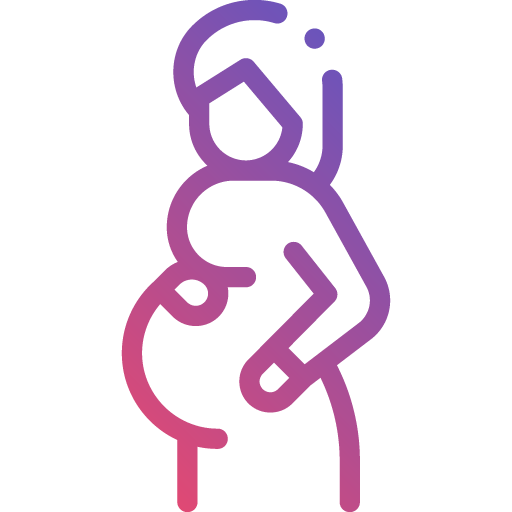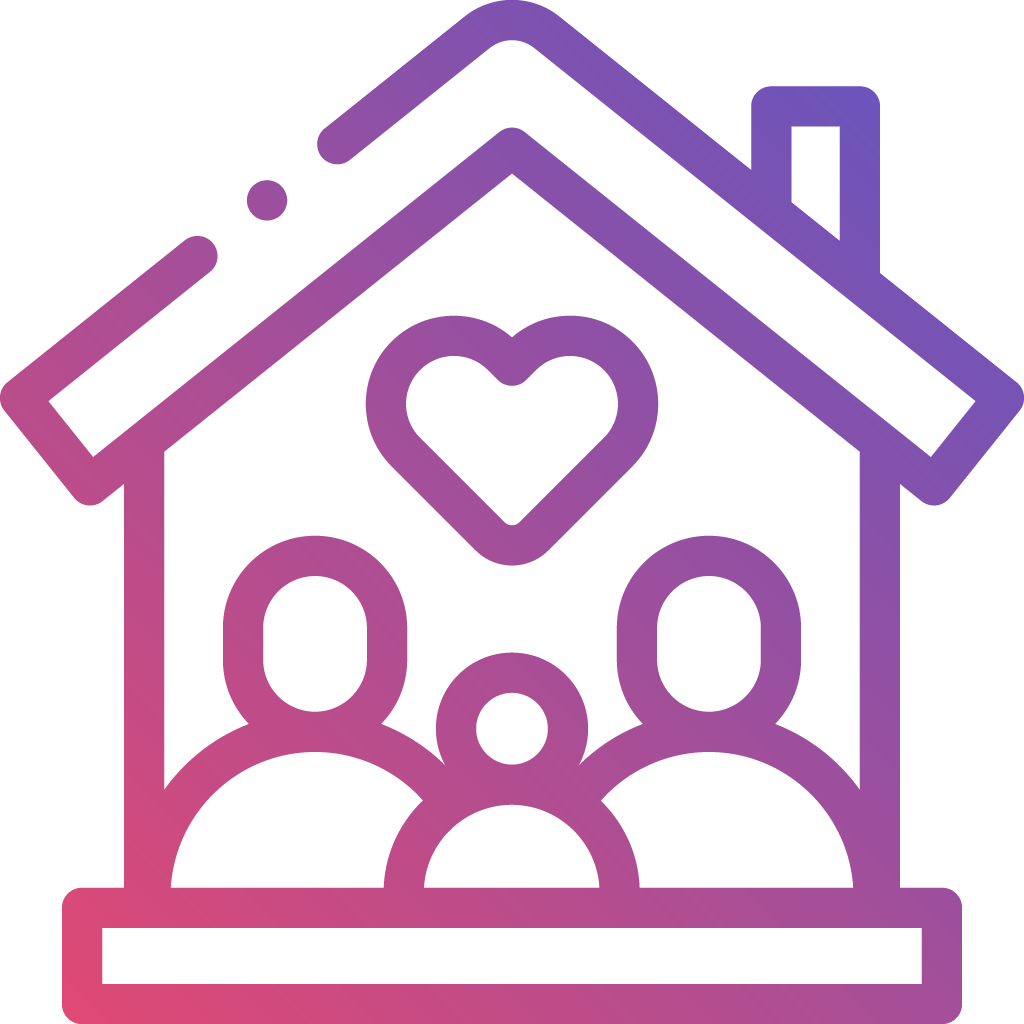Navigating the Complex Terrain of Adoption Outcomes
The adoption world is full of profound joy, fulfillment, and challenges. It’s a journey marked by adoption statistics, incredible highs and, at times, daunting lows. In this blog post, we will explore one of the most sensitive and significant aspects of adoption—adoption failures. Understanding the complexities surrounding adoption outcomes is essential for everyone involved in the adoption process. Join us as we delve into the concept of failed adoptions, their implications, and the support Adoption & Beyond offers throughout this journey.
Why It’s Important to Discuss Adoption Challenges
Adoption is a life-altering experience, and it’s crucial to have open and honest discussions about the challenges it may entail. By addressing the difficult aspects of adoption, we can better support prospective adoptive parents, birth parents, and, most importantly, the children who are at the heart of this process.
What Is a Failed Adoption?
Defining the Term “Failed Adoption”
A failed adoption, often referred to as adoption dissolution, occurs when an adoption that was initially finalized is legally terminated or dissolved. This complex situation can happen at various stages in the adoption process and has significant implications for all parties involved.
The Different Stages and Scenarios of Failed Adoptions
Failed adoptions can occur before, during, or after placement with the adoptive family. They may result from various factors, such as the changing circumstances of birth parents, adoptive parents, or the child’s unique needs. Understanding these scenarios is crucial for comprehending the full spectrum of adoption outcomes.
How It Affects All Parties Involved
Failed adoptions can have profound emotional and legal implications for all parties involved—the child, birth parents, and adoptive parents. It’s a situation that requires empathy, understanding, and appropriate support.
Adoption Dissolution Process
The Legal and Emotional Journey of Adoption Dissolution
When an adoption dissolution becomes necessary, it involves a challenging legal and emotional process. The courts and legal authorities are pivotal in overseeing the dissolution proceedings.
Steps and Procedures in Dissolving an Adoption
The adoption dissolution process typically includes legal hearings, the termination of parental rights, and the child’s removal from the adoptive home. These steps are carried out with the child’s best interests in mind.
The Role of the Court and Legal Authorities
Courts and legal authorities ensure that the dissolution process adheres to the law while focusing on the child’s well-being. Their involvement is essential in safeguarding the child’s future.
Foster Care Adoption Dissolution Statistics
Examining Adoption Outcomes in the Foster Care System
Foster care adoption is a unique adoption path that has its own set of challenges. Examining adoption dissolution statistics within this context provides insight into the factors influencing dissolution in foster care adoptions.
Statistics on Dissolutions in Foster Care Adoptions
The statistics on adoption dissolution in the foster care system reveal the prevalence and impact of this issue. Understanding these numbers can help identify areas for improvement and support for adoptive families.
Understanding the Factors Behind Dissolution in Foster Care Adoptions
Several factors contribute to adoption dissolution in foster care, such as the child’s history of trauma, the adoptive family’s readiness and resources, and the availability of support services. A comprehensive understanding of these factors is essential.
What Is the Failure Rate of Adoptions?
Understanding the Prevalence of Adoption Failures
The failure rate of adoptions can vary based on multiple factors, including the type of adoption, the age of the child, and the preparedness of adoptive parents. A nuanced understanding of these factors is crucial for assessing adoption outcomes.
Statistics and Data on Adoption Failures
Adoption agencies, legal authorities, and research organizations collect data on adoption outcomes, offering insights into the success and failure rates of adoption. This data is invaluable for improving adoption practices.
Factors Influencing Adoption Success Rates
Several factors influence the success of adoptions, including the child’s background, the adoptive family’s support system, and the quality of adoption services. By addressing these factors, we can work towards better adoption success rates.
What Percentage of Adoptions Fail in the US?
Quantifying Adoption Outcomes in the United States
Adoption outcomes in the United States are subject to regional variations and trends. Quantifying the percentage of adoptions that end in dissolution can provide a better understanding of the adoption landscape.
Examining the Percentage of Adoptions That End in Dissolution
While the percentage of adoptions that end in dissolution can be challenging to determine due to variations in data collection, it remains an essential metric for assessing the state of adoption in the U.S.
Regional Variations and Trends in Adoption Failures
Adoption outcomes vary by state and region, with different areas experiencing varying rates of adoption failure. Analyzing these regional variations can shed light on potential areas for improvement.
Why Is It So Hard to Adopt a Child in the United States?
Identifying Adoption Challenges in the U.S.
Adopting a child in the United States comes with its own set of challenges. These challenges include complex adoption laws, regulatory processes, and an evolving adoption landscape.
The Impact of Adoption Laws, Regulations, and Processes
Adoption laws and regulations play a significant role in shaping the adoption process. Understanding their impact and advocating for improvements can provide a more streamlined adoption experience.
Finding Solutions to Improve the Adoption Experience
Efforts to improve the adoption experience in the United States involve addressing adoption challenges, streamlining procedures, and enhancing support services for adoptive families.
What Is the Final Step in the Adoption Process?
The Finalization of Adoption
The finalization of adoption marks the completion of the adoption journey. It is a momentous occasion that provides legal security and permanency for the child and the adoptive family.
The Legal Process of Adoption Finalization
Adoption finalization involves a court hearing during which the child’s legal ties to the birth parents are severed, and the child becomes a permanent member of the adoptive family.
Celebrating the Finalization of the Adoption Journey
The finalization of adoption is a cause for celebration, as it brings legal recognition to the loving family that has been created through adoption. It’s a moment of joy and fulfillment.
What Does It Mean When an Adoption Is Dissolved?
Exploring the Implications of Adoption Dissolution
Adoption dissolution carries emotional, legal, and practical implications. For all parties involved, it represents a challenging and complex situation that requires careful navigation.
The Emotional and Legal Aspects of Dissolution
Adoption dissolution affects birth parents, adoptive parents, and, most significantly, the child. The emotional and legal aspects of dissolution are profound and must be addressed with empathy and support.
Supporting Families During the Dissolution Process
Support services and resources are essential for families going through adoption dissolution. These services can help address emotional needs and legal requirements while promoting the child’s well-being.
What Is the Difference Between Adoption Disruption and Dissolution?
Clarifying the Terms “Adoption Disruption” and “Adoption Dissolution”
Adoption disruption and adoption dissolution are two distinct outcomes in the adoption process. Understanding the differences between these terms is essential for comprehending adoption outcomes.
Distinguishing Between the Two Adoption Outcomes
Adoption disruption occurs before the legal finalization of the adoption, while adoption dissolution occurs after finalization. The impact of each outcome varies and requires distinct approaches to support those involved.
The Impact on Birth Parents, Adoptive Parents, and the Child
Both adoption disruption and dissolution have implications for birth parents, adoptive parents, and the child. These outcomes require tailored support and understanding to navigate their unique challenges.
The Complexity of Adoption Outcomes
Adoption is a journey filled with complexities and nuances. It’s essential to promote open, honest discussions about adoption outcomes, including failures, to provide better support for those navigating the intricate terrain of adoption. Adoption & Beyond is committed to fostering these conversations and offering guidance and assistance to all individuals involved in the adoption process. Together, we can navigate the challenges and triumphs of adoption with empathy, understanding, and support.









